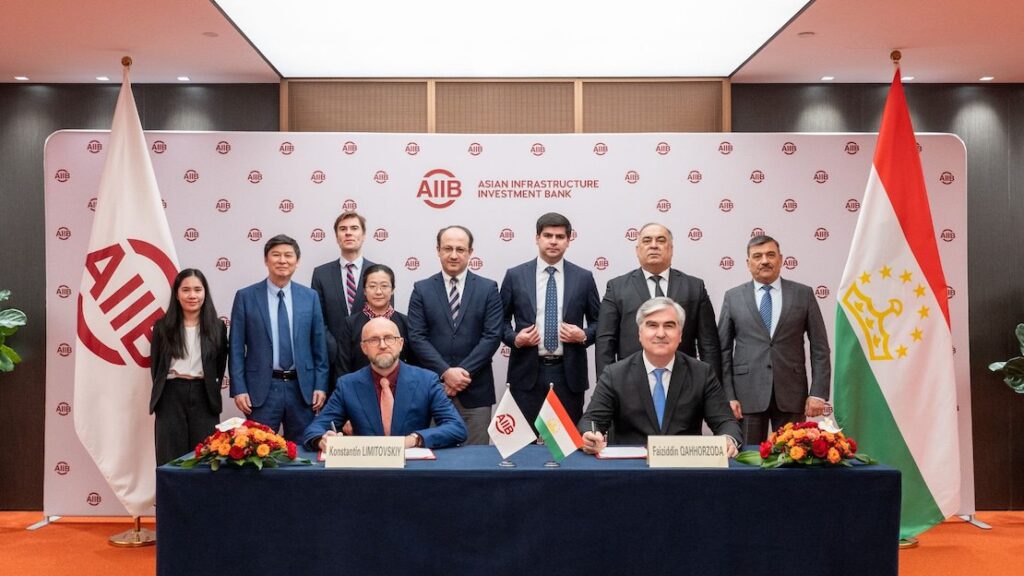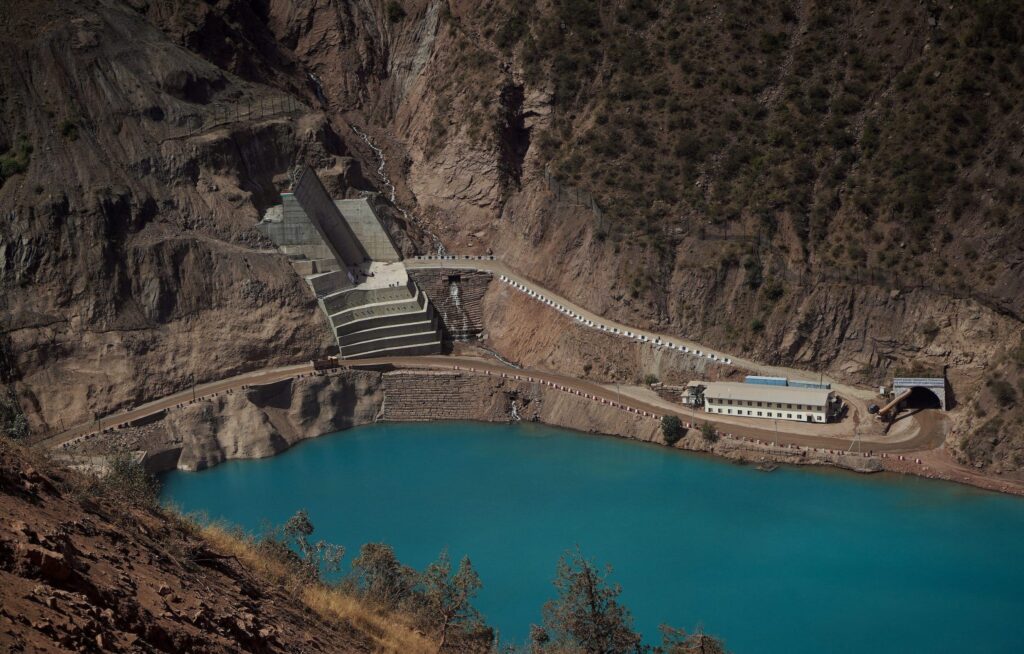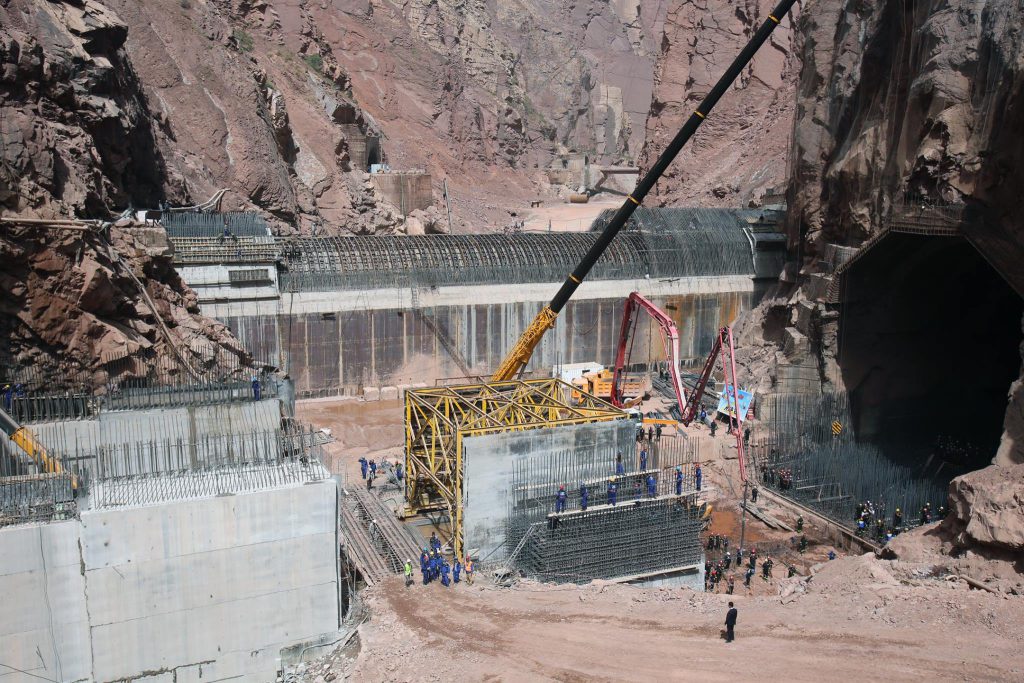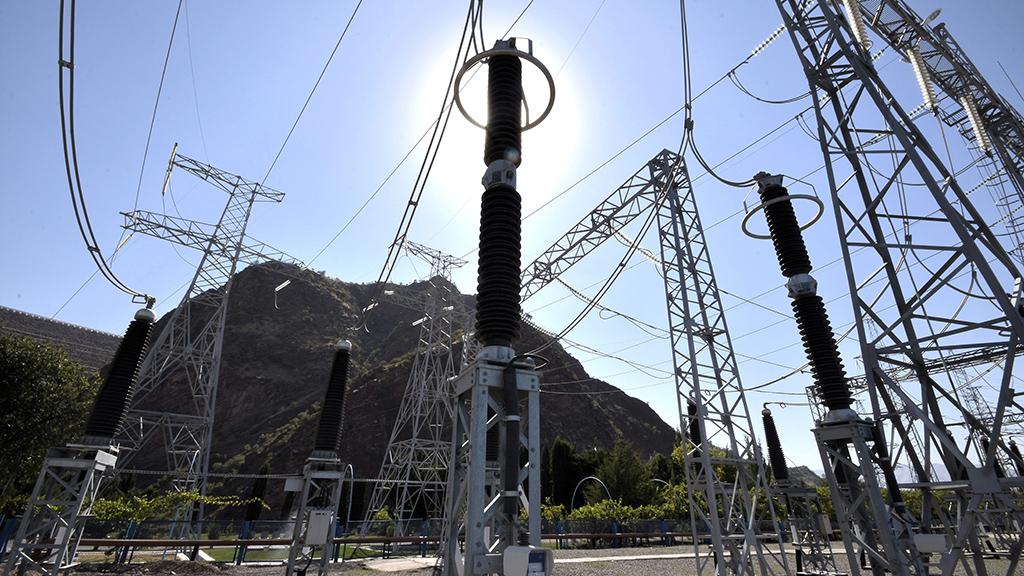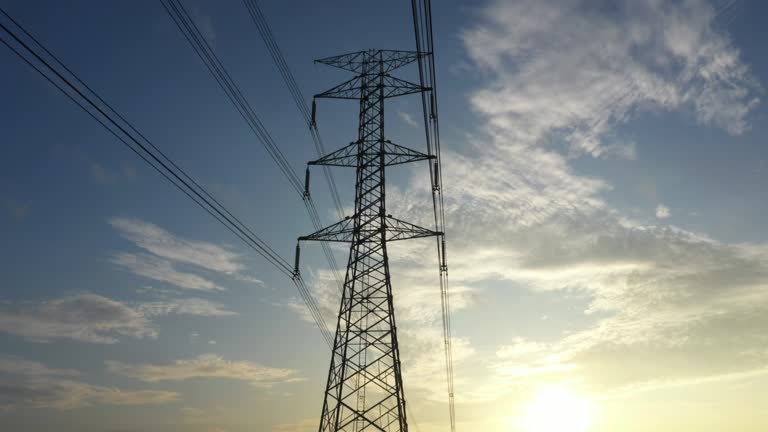According to a report by the Eurasian Fund for Stabilization and Development (EFSD), the financing of the Rogun HPP is one of the main risks for Tajikistan’s budget and debt sustainability.
The report states that the possible increase in the construction cost for the hydroelectric power plant may lead to reduction of financing to other important infrastructure projects and social spending.
Analysts emphasize that “in the face of uncertainty regarding funding sources, starting in 2025, the government of Tajikistan may have additional needs for budgetary support from international financial organizations.”
As mentioned in the report, the share of investments in electricity, gas, and water networks increased from 33.5% in the first quarter of 2023 to 42.4% in the first quarter of 2024, due to the increased activity in the construction of the Rogun HPP.
The Times of Central Asia previously reported that about 70% of the electricity will be exported to other Central Asian countries after the Rogun hydroelectric power plant (HPP) in Tajikistan reaches full capacity.
Construction of the Rogun HPP began in 1976, but it was suspended in 1991 after the collapse of the USSR. In 2016, Tajikistan continued constructing 600 MW hydroelectric power stations, as outlined in the project, using its own resources as well as support from international funds and organizations. Two of the six aggregates are working now, and the third will start working in 2025.

